Wedding Invitations: Your Practical Guide
Planning a wedding means dozens of details, and the invitation is the first real taste guests get of your big day. It’s more than a piece of paper – it tells people when, where and how to celebrate with you. In this guide we’ll walk through the must‑have info, the best timeline, budget basics and a few clever shortcuts.
What Every Invite Should Include
The essentials are simple: names of the couple, date, time, venue address and dress code if you have one. Add a line for an RSVP deadline and a way to reply – a card, email address or wedding website works. Most couples also slip in a small note about the registry or a link to a site with travel tips for out‑of‑town guests. Keep the wording clear and avoid jargon; think of it as a friendly reminder rather than a formal contract.
Don’t forget the little extras that make life easier. A map or QR code pointing to directions saves guests a phone call. If you’re planning a brunch or a cocktail hour after the ceremony, list the start times for each part so everyone knows when to show up. And if you have a wedding website, include the URL – it’s the perfect place for FAQs, accommodation suggestions and gift information.
When to Send, How Much to Spend & Smart Savings
Timing can feel tricky, but most planners stick to a 6‑8 month window for local weddings. For destination events, send them out 8‑10 weeks earlier to give guests enough travel planning time. If you’re on a tight budget, consider ordering a smaller batch of full‑size invites and sending a simpler RSVP card or e‑mail reminder later.
Average costs in 2025 range from £2 to £7 per set, depending on paper, finish and any embellishments. Matte cards feel modern and easy to write on, while glossy finishes add a luxe vibe. If you love the look of high‑end paper but hate the price, ask your printer about a heavyweight matte with a foil‑stamped accent – it gives the illusion of luxury without the full price tag.
DIY invites can be tempting, but they often hide hidden expenses like printing fees, cutting tools and extra time. A modest DIY project works best for simple designs; otherwise, a professional printer saves you stress and often delivers a more polished result.
Saving money doesn’t mean skimping on style. Choose a single color scheme that matches your wedding palette, skip costly ribbons, and let the paper quality speak for itself. Ordering in bulk and ordering early also lock in lower rates.
Finally, keep track of RSVPs with a spreadsheet or a free online tool. Knowing who’s coming early helps you avoid last‑minute ordering mistakes and lets you plan seating and catering with confidence.
Wedding invitations set the tone for your celebration, so treat them as an extension of your personal style while staying practical. Follow the checklist, respect the timeline, and watch your budget stay on track – and you’ll hand out invites that feel special without breaking the bank.
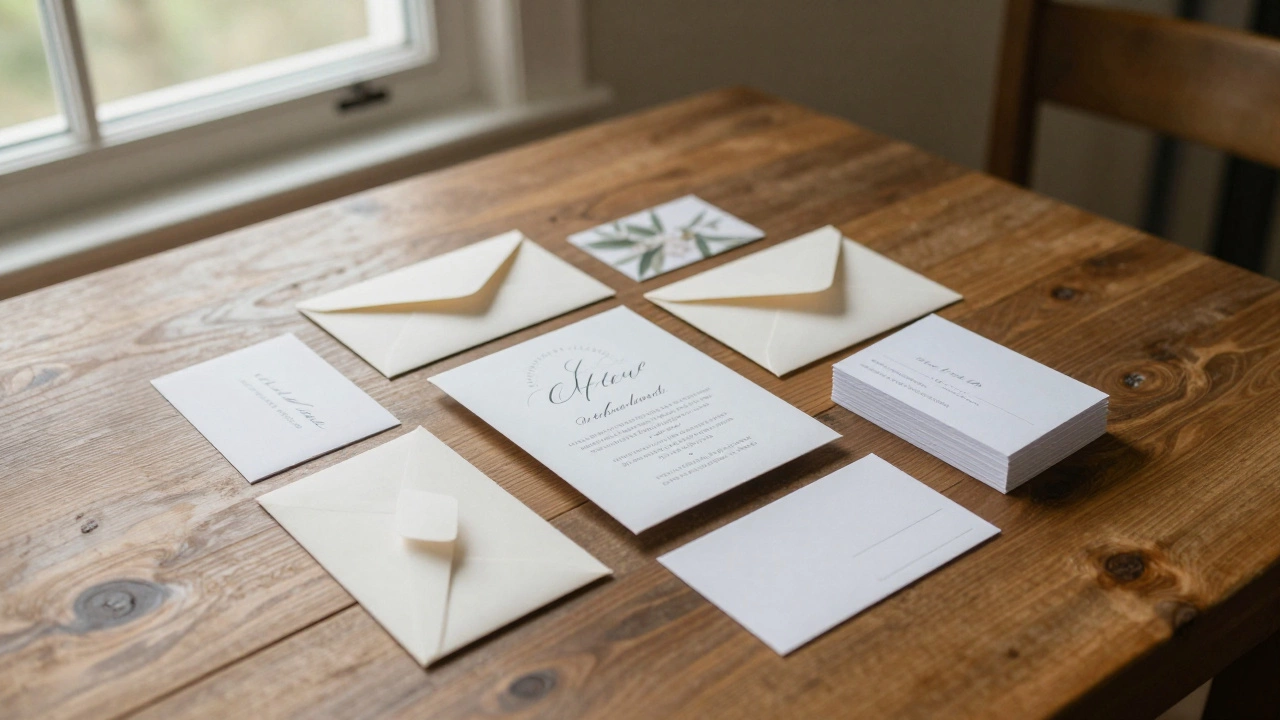
- Dec, 7 2025
- Comments 0
How Many Wedding Invitations Do I Need for 200 Guests?
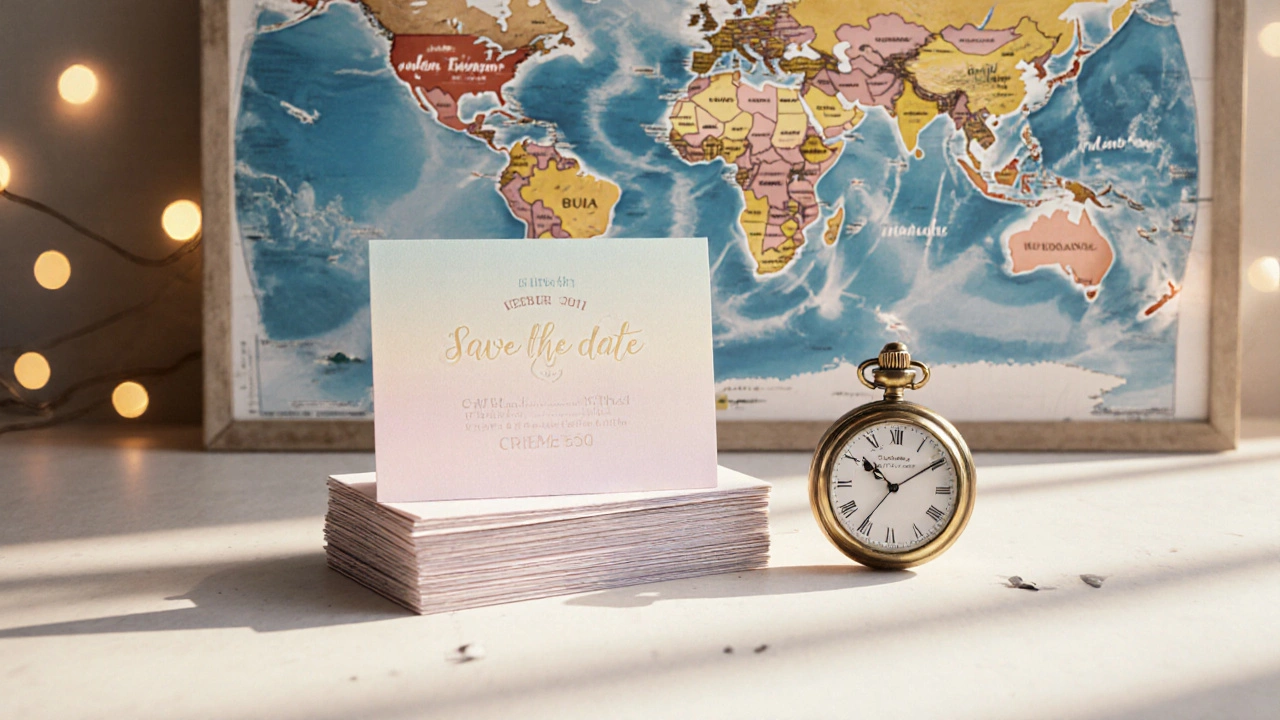
- Nov, 24 2025
- Comments 0
When to Send Save the Dates for Your Wedding: A Clear Timeline for 2025
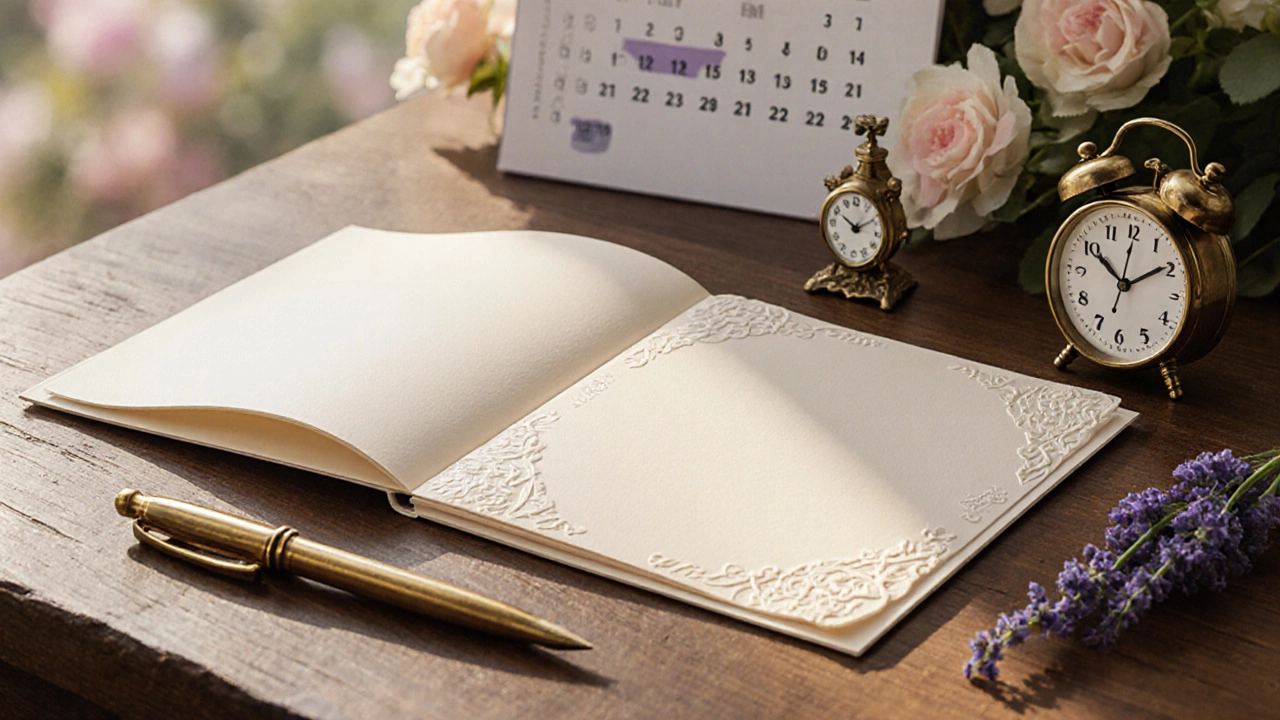
- Oct, 19 2025
- Comments 0
Wedding Invitation Time: When to List the Ceremony Start

- Oct, 5 2025
- Comments 0
Are Save the Dates Too Late at 3 Months? Wedding Timeline Guide
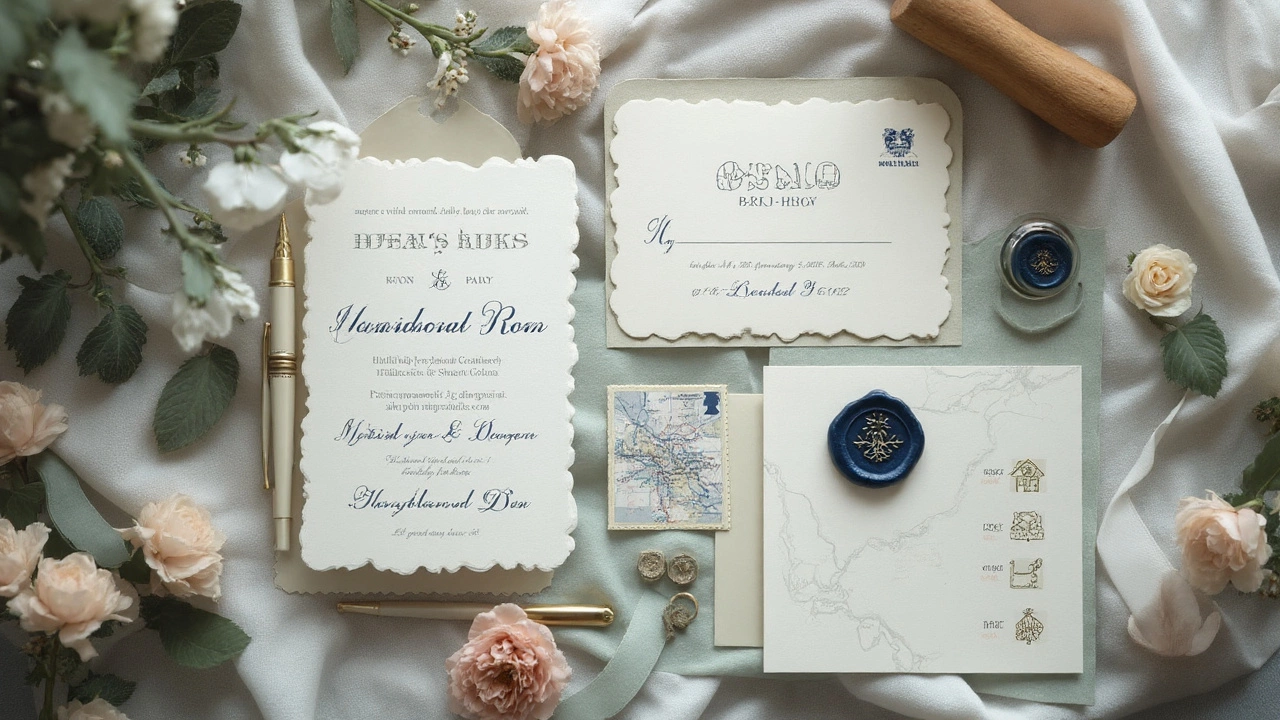
- Sep, 21 2025
- Comments 0
What Should Wedding Invites Include? The Complete 2025 Checklist, Wording & Examples
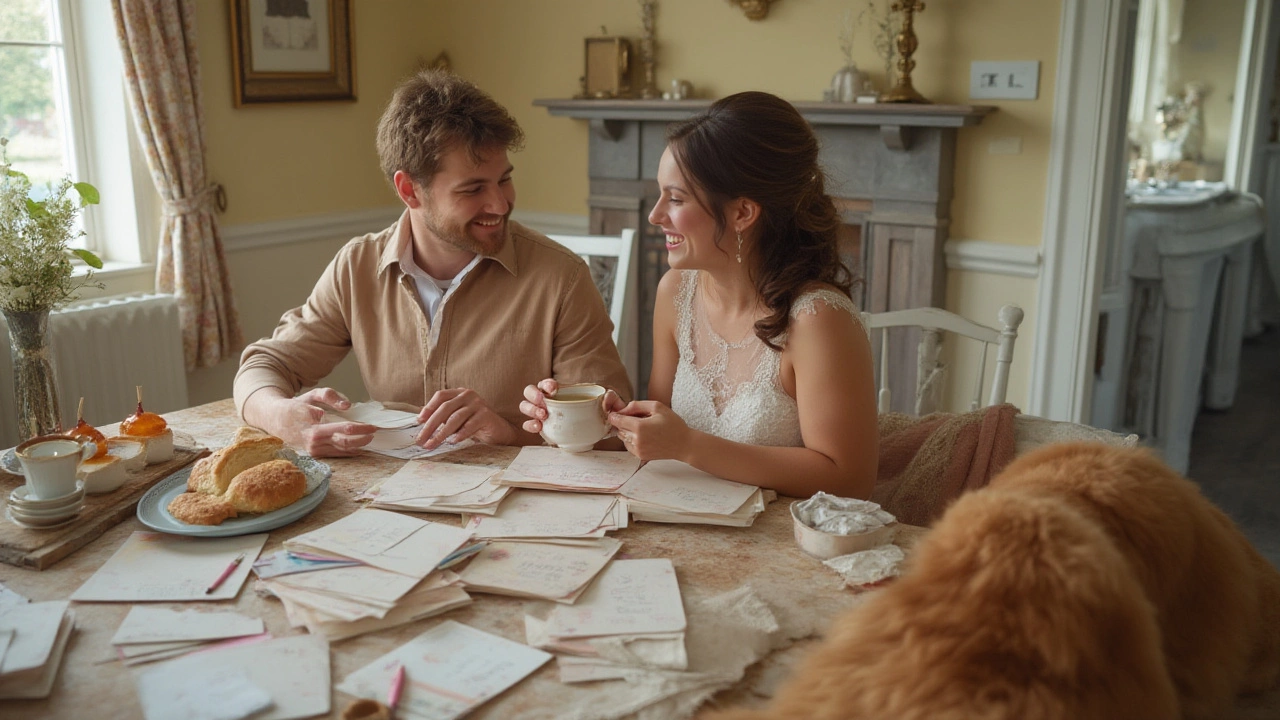
- Jul, 30 2025
- Comments 0
Who Gets a Save the Date? Guide to Wedding Invitation Etiquette in 2025
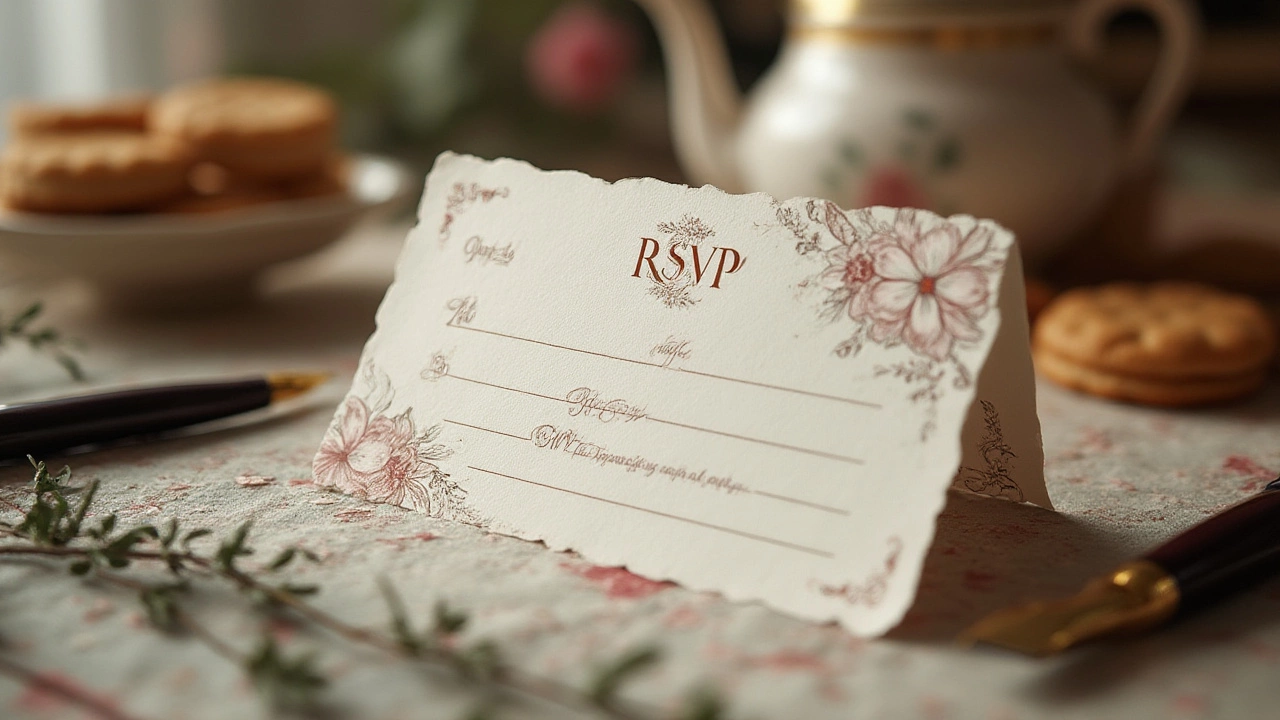
- Jul, 11 2025
- Comments 0
What Does the M Mean on an RSVP Card? Decoding Wedding Invitation Etiquette
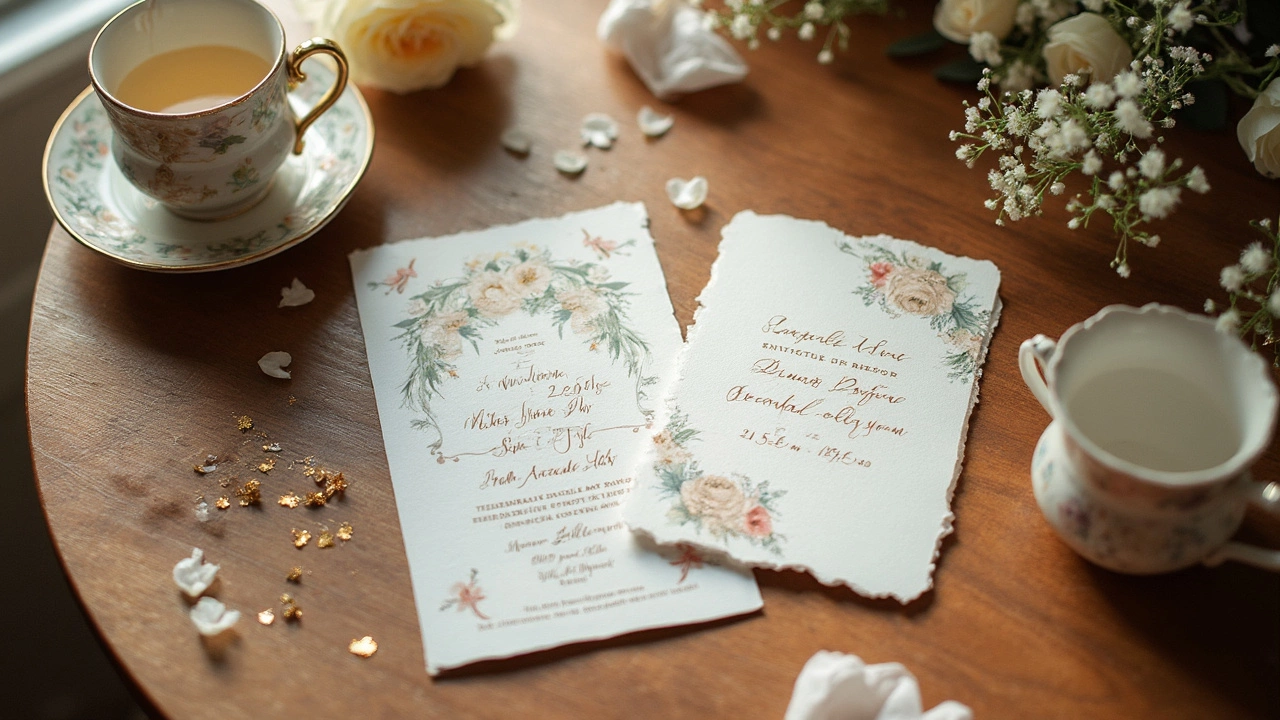
- Jun, 18 2025
- Comments 0
Wedding Invitations: Matte or Glossy Cards?

- Jun, 8 2025
- Comments 0
How Long Before a Wedding Should You Send Invitations?

- May, 9 2025
- Comments 0
Taboo Colors for Wedding Guests: What Not to Wear

- May, 4 2025
- Comments 0
Wedding Invitations: How Much Does the Average Person Spend?
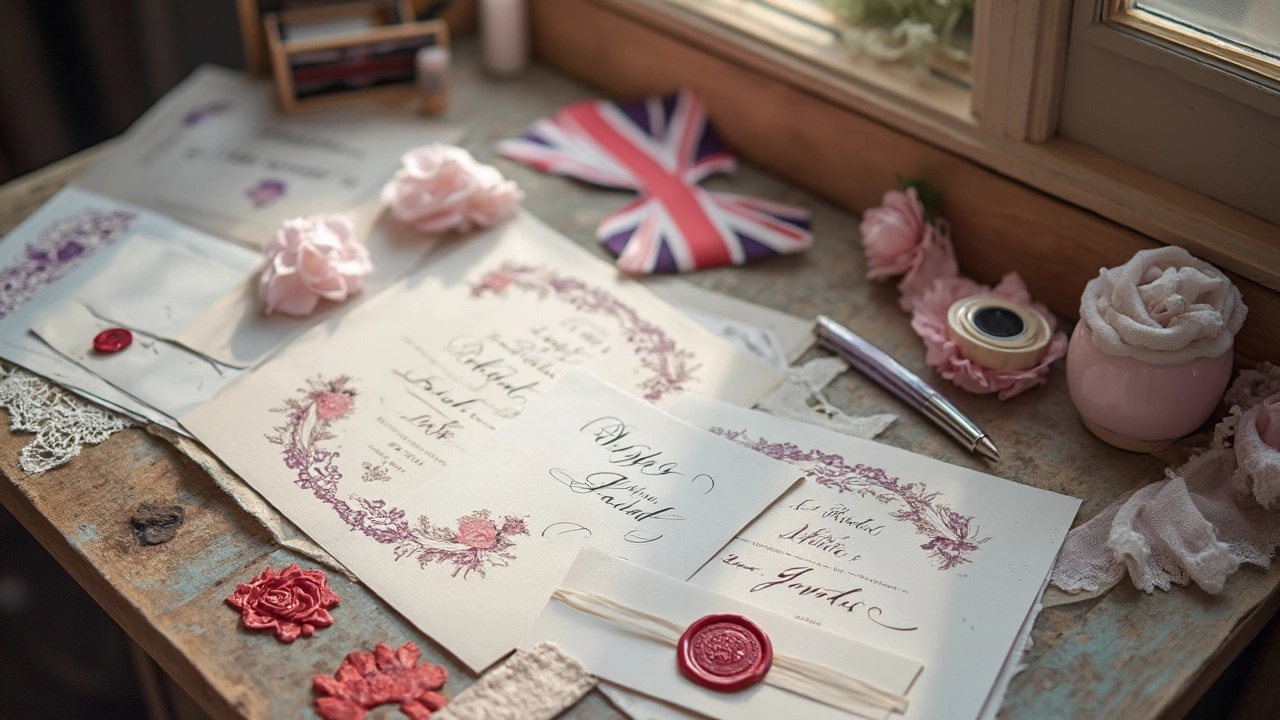
- Apr, 11 2025
- Comments 0